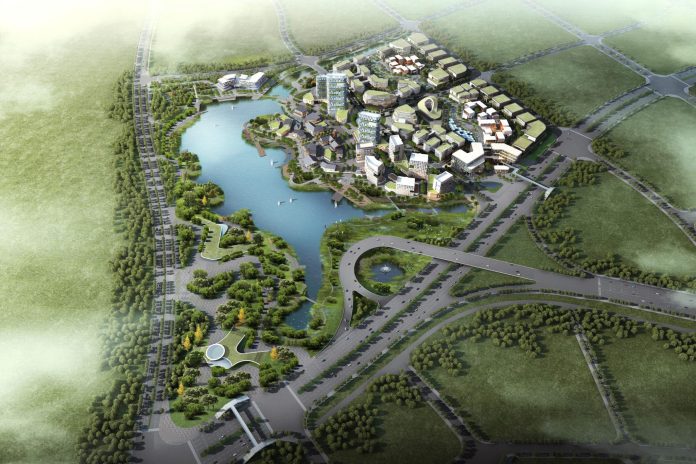Despite having ongoing deployments in over 100 cities, Huawei said it will take time until the smart city truly becomes a reality.
Huawei smart city service is being deployed in more than 100 cities in over 40 countries in the world, said Joe So, chief technology officer, industry solutions, enterprise business group, at Huawei during a roundtable at the vendor’s global conference Huawei Connect 2016 in Shanghai on Thursday. Examples of Huawei rollouts include Singapore NBN, where Huawei built an active network and proposed a joint marketing programme, Ultra Fast Broadband (UFB) in New Zealand, Cameroon National ICT or an eLTE private network in Nanjing. Yet, although there is a lot of interest, not to say hype, surrounding the whole concept of smart city, much remains to be done to turn it into a reality. “Until three years ago, the connection was not ready and there won’t be any smart cities unless there is connection,” said So. “The smart city won’t happen overnight because there is a lot of planning to do,” he added.
Besides the connectivity issue, city government must overcome organizational hurdles, as urban governance is often operated in funnel systems. “Information silos are not due to technology. Management creates silos. To break information islands, mayors need to eliminate clusters between departments,” he said.
As for the multitude of standards being discussed, So is confident these will not stand in the way of smart city deployments. “For sure, there will be may different standards. But they won’t be a stumbling block in the development of smart cities as long as the standards choose open systems.”
3GPP-based NB-IoT commercial chip available next year
During another roundtable, Huawei revealed it would be commercializing Boudica, a 3GPP-based NB-IoT chip, in January. “The NB-IoT chipset will be ready for test next month,” said Wangcheng Jiang, vice president, marketing and solutions department, at Huawei.
The vendor has already tested, together with China Telecom and Shenzen Water Group, a NB-IoT-based smart water metering application. A large-scale commercial deployment is expected in 2017. Huawei is also partnering with LED lighting company AOD on leveraging NB-IoT for a smart lighting deployment in Weifang, a city with 1.2 million inhabitants. Asked why AOD chose NB-IoT instead of LoRa, Hong Lu, CEO of AOD, said: “We are studying LoRa as well, we are not giving it up. But the big difference with NB-IoT is that it uses very secure licensing bands. Operator have base stations in which we can directly implement it. LoRa frequencies requires that one applies and gets approval. Additionally, there are risks of interferences.”

